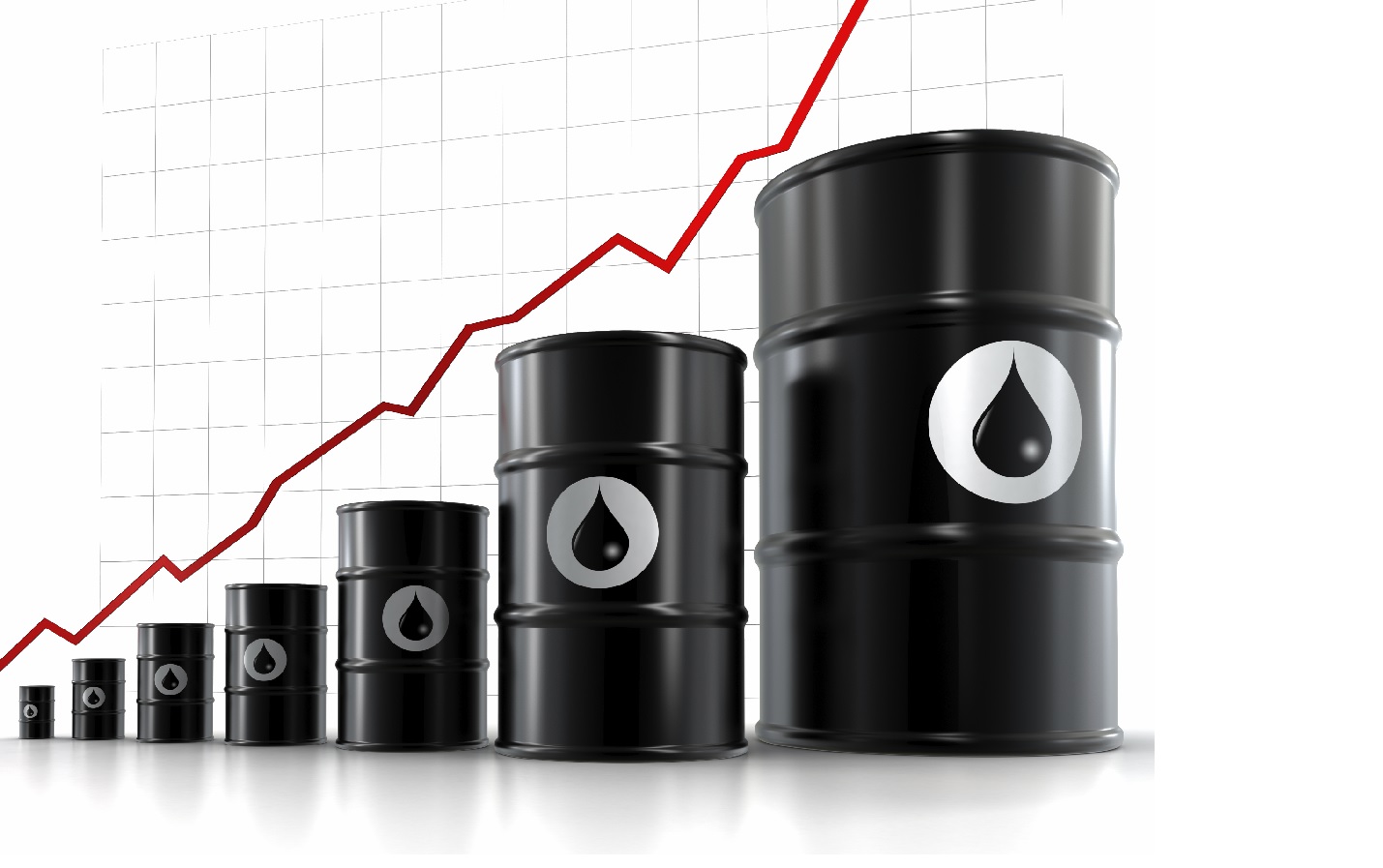Oil prices pushed higher in early trading on Wednesday after U.S. President Donald Trump walked away from an international nuclear deal with Iran, a move that may curb the OPEC-member’s crude exports in an already tight market.
Trump on Tuesday pulled the United States out of an international nuclear deal with Iran that was agreed in late 2015, raising the risk of conflict in the Middle East and casting uncertainty over global oil supplies.
Brent crude oil futures were at $76.21 per barrel at 0005 GMT, up $1.36, or 1.8 percent from their last close and not far off Monday’s $76.34, the highest since late 2014.
U.S. West Texas Intermediate (WTI) crude futures were up $1.18 per barrel, or 1.7 percent, at $70.24 a barrel, also close to highs last seen in late 2014.
“The big event of the night was President Trump’s cancelling of the nuclear deal made with Iran back in 2015. Sanctions will therefore (likely) be reimposed on Iran, which will ultimately affect Iran’s oil exports,” said William O’Loughlin, investment analyst at Australia’s Rivkin Securities.
Iran re-emerged as a major oil exporter in 2016 after international sanctions against it were lifted in return for curbs on Iran’s nuclear program, with its April exports standing at 2.6 million barrels per day (bpd).
This makes Iran the third biggest exporter of crude within the Organization of the Petroleum Exporting Countries (OPEC), behind Saudi Arabia and Iraq.
Walking away from the deal means that the United States will likely re-impose sanctions against Iran after 180 days, unless some other agreement is reached before then.
ANZ bank said Trump’s decision “puts into place a scenario that could see the crude oil market tighten significantly in H2 2018 and into next year.”
Iran’s exports of oil to Asia and Europe will almost certainly decline later this year and into 2019 as some nations seek alternatives in order to avoid trouble with Washington and as sanctions start to bite.
Despite this, it is not yet clear, how strongly global oil markets will be affected.
The United States buys no Iranian oil, while the other signatories of the agreement, Russia, Britain, France and Germany, are opposed to ending the agreement, and may continue to buy Iranian crude.
Asia, by far the biggest importer of oil from Iran, will likely continue to take in some supplies as well, as it did during the previous round of sanctions.
“There are worries that Iran’s oil exports could fall by about 1 million barrels per day (bpd) from current levels,” said Tomomichi Akuta, senior economist at Mitsubishi UFJ Research and Consulting in Tokyo.
“The oil supply/demand balance is roughly in balance now, but it could turn to a complete supply shortage (in case of new supply curbs). Oil prices could rise at least $10 (a barrel), with Brent approaching near $90,” he said.
Source: Reuters
